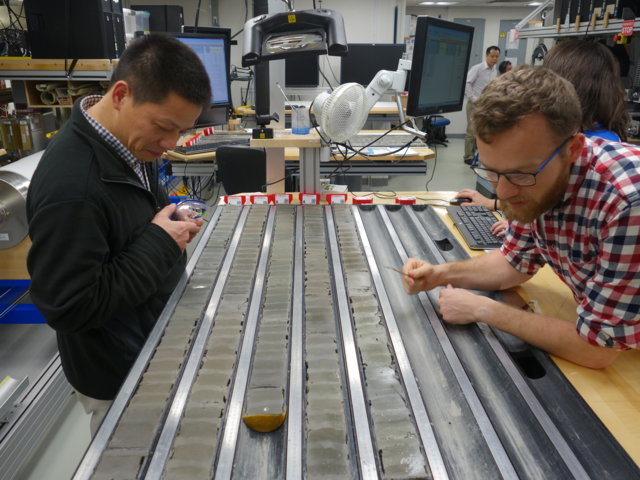
Science on board – Chit-chat with a structural geologiste (english/french)
So far, in our chit-chats we met sedimentologists, geophysicists, paleomagnetists, paleontologists. Now it is the turn of a structural geologist. He is from France and this post will be bilingual.
Madams and Gentlemen, here is Michael Nirrengarten.
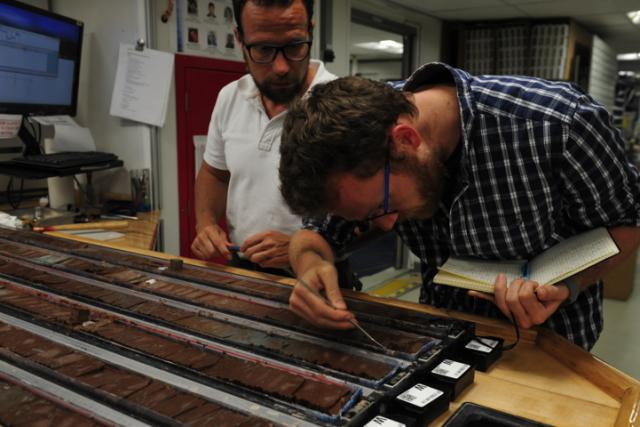
Q: Hi Michael, what is your background and your job here on the ship?
After High School I studied Earth Sciences at the University of Strasbourg where I got my PhD last December. My research is focused on the structure and evolution of hyper-extended rift system. During my PhD I was working on the Iberia-Newfoundland rifted margins. I am on the JOIDES.
After high school, I studied
Earth Sciences at the University of Strasbourg where I obtained my doctorate in December. My
research focuses on the structure and evolution of hyper-stretched rift systems. During
my Ph.D. I worked on the conjugate margins of Iberia and
Newfoundland. I am on board the Joides Resolution to determine whether the
rifting processes in the South China Sea are similar or not.
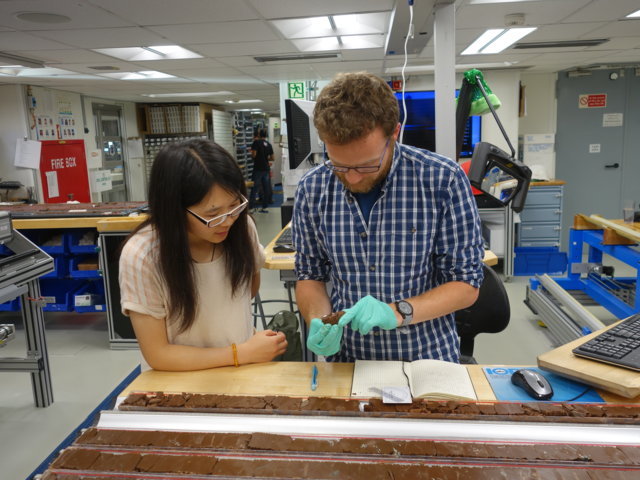
Q: When did you decide to be a scientist?
M: I think that I never decided to be a scientist. I was always interested by earth process like earthquakes, volcanoes, flat motion … I just followed my curiosity.
J e think I never decided to be a
researcher. I have always been interested in earth processes such as earthquakes,
volcanoes, plate movements … and I simply followed my curiosity.
Q: What is your job here in the ship?
M: On the JOIDES Resolution I’m a core describer and more specifically a structural geologist. Basically I’m working with the sedimentologists and the petrologists to describe the lithologies of the cores. What is a deformed or deformed state of the art?
Aboard the Joides Resolution I am part of the
group of description of the carrots and I am more particularly a
structural geologist . My specialty is to describe and measure areas that are
distorting and determine whether this deformation can be related to a
tectonic, sedimentary or magmatic process.
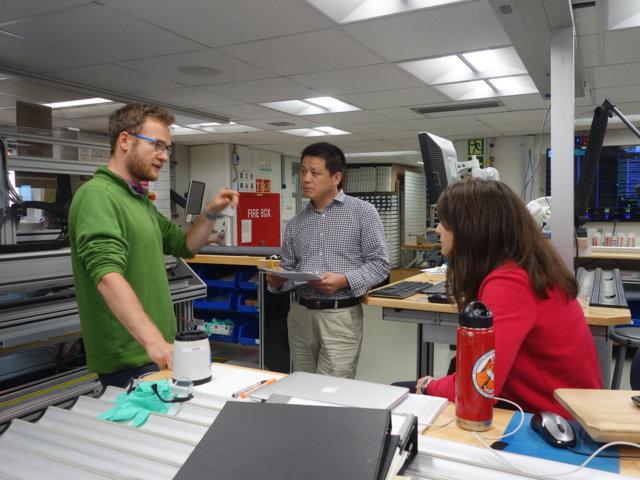
Q: What is the best thing in this expedition?
M: Food? No, really, I appreciate to share this great project to communicate with the different people in each lab group and to learn new methods to do good science on rifted margin.
The food? Seriously, I enjoy being part of this project for
discussions with the different scientists in each laboratory and for all the new methods I learn to conduct a good research on the margins rifted.
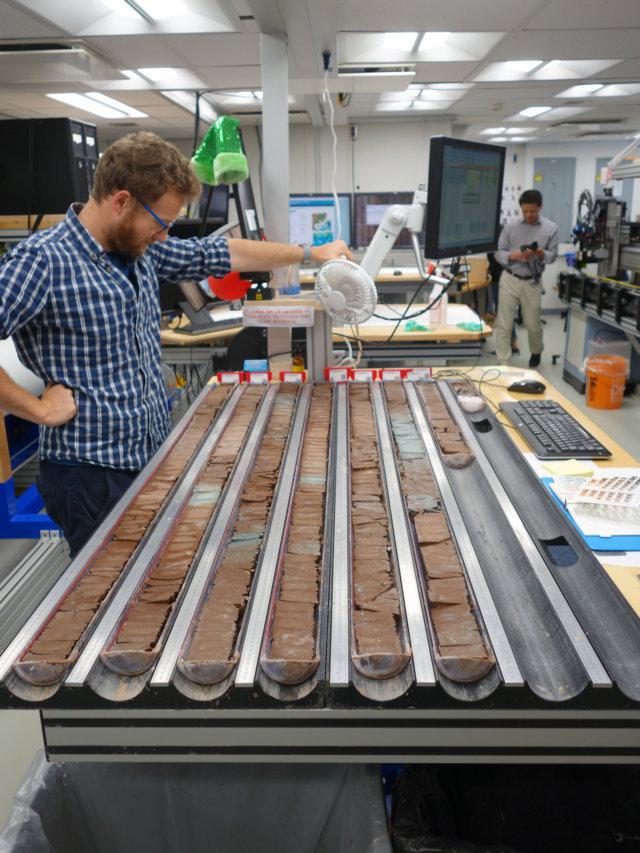
Thank you Michael for sharing your passion for your job and your experience on the JR.